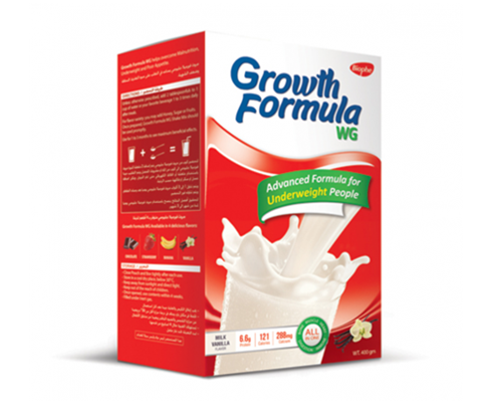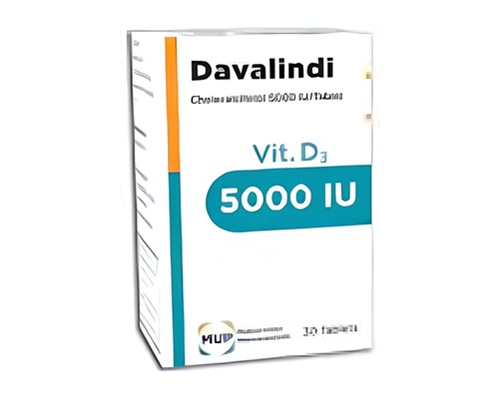Description
Trade name:
Caldin C
Compound:
Each tablet contains:
Calcium carbonate 999.05 mg (equivalent to 400 mg elemental calcium)
Trimagnesium citrate anhydrous 300 mg (equivalent to 48.5 mg elemental magnesium)
Cholecalciferol (100,000 IU/g) 2 mg
Vitamin C 90 mg
Properties:
A combination drug that regulates calcium and phosphorus metabolism in the body (bones, teeth, nails, hair, muscles). Reduces resorption and increases bone density, replenishing the lack of calcium and vitamin D3 in the body, necessary for mineralization of teeth. Calcium is involved in the regulation of nerve conduction, muscle contractions, hormone production and is a component of the blood coagulation system.
Adequate calcium intake is especially important during growth, pregnancy and lactation.
Vitamin D3 increases the absorption of calcium in the intestine.
The use of calcium and vitamin D3 prevents the increase in the production of parathyroid hormone (PTH), which is a stimulator of increased bone resorption (leaching of calcium from bones).
Indications:
Biologically active supplement, source of calcium, magnesium, vitamin C and vitamin D3.
Method of administration and dosage:
1 tablet per day.
Contraindications:
Hypersensitivity to the components of the drug.
Hypercalcemia (increased concentration of calcium in the blood).
Hypercalciuria (increased calcium levels in the urine).
Nephrolithiasis.
Hypervitaminosis D.
Hypersensitivity to the components of the drug.
Hypersensitivity to soy or peanuts.
Severe renal failure.
Active tuberculosis.
Sarcoidosis.
Precautions:
Only as prescribed by a doctor: pregnancy, lactation, renal failure.
Side effects:
Metabolic disorders:
Uncommon: hypercalcemia and hypercalciuria.
Very rare: Milk-alkali syndrome (Burnett syndrome). Usually seen only in overdose.
Gastrointestinal disorders:
Rare: constipation, flatulence, nausea, abdominal pain, diarrhea, dyspepsia.
Skin and subcutaneous tissue disorders:
Very rare: itching, rash, urticaria. Immune system disorders:
Frequency not known: hypersensitivity reactions such as angioedema or laryngeal oedema.
Storage method:
At a temperature not exceeding 30 degrees.









